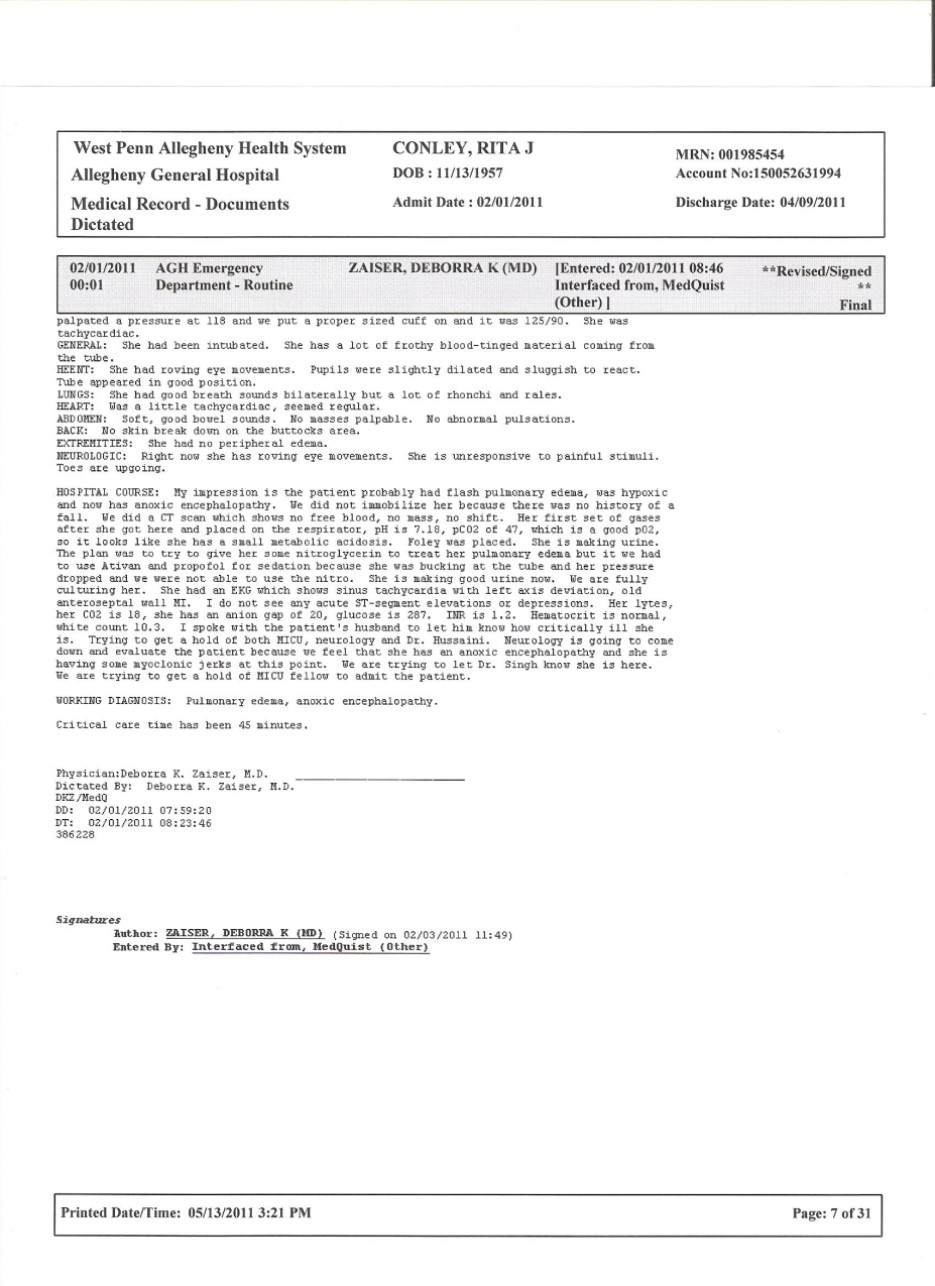


Finally, hospitals in areas with higher shares of minorities face a higher risk of trauma center closure (ratio: 1.69, P < 0.01). Hospitals in areas with higher health maintenance organizations penetration face a higher hazard of trauma center closure (ratio: 2.06, P < 0.01). Hospitals receiving more generous Medicare reimbursements face a lower hazard of shutting down trauma centers (ratio: 0.58, P < 0.01) than those receiving below average reimbursement. The hazard rate of closing trauma centers in hospitals with a negative profit margin is 1.38 times higher than those hospitals without the negative profit margin (P < 0.01). Results: The number of trauma center closures increased from 1990 to 2005, with a total of 339 during this period. We analyze the hazard rates of trauma center closures among several dimensions of risk factors using discrete-time proportional hazard models. These data were linked with Medicare cost reports, and supplemented with other sources, including the Area Resource File. Materials and Methods: This is a retrospective study of all hospitals with trauma center services in urban areas in the continental US between 19, identified from the American Hospital Association Annual Surveys. Objectives: We analyze whether hazard rates of shutting down trauma centers are higher due to financial pressures or in areas with vulnerable populations (such as minorities or the poor).


 0 kommentar(er)
0 kommentar(er)
